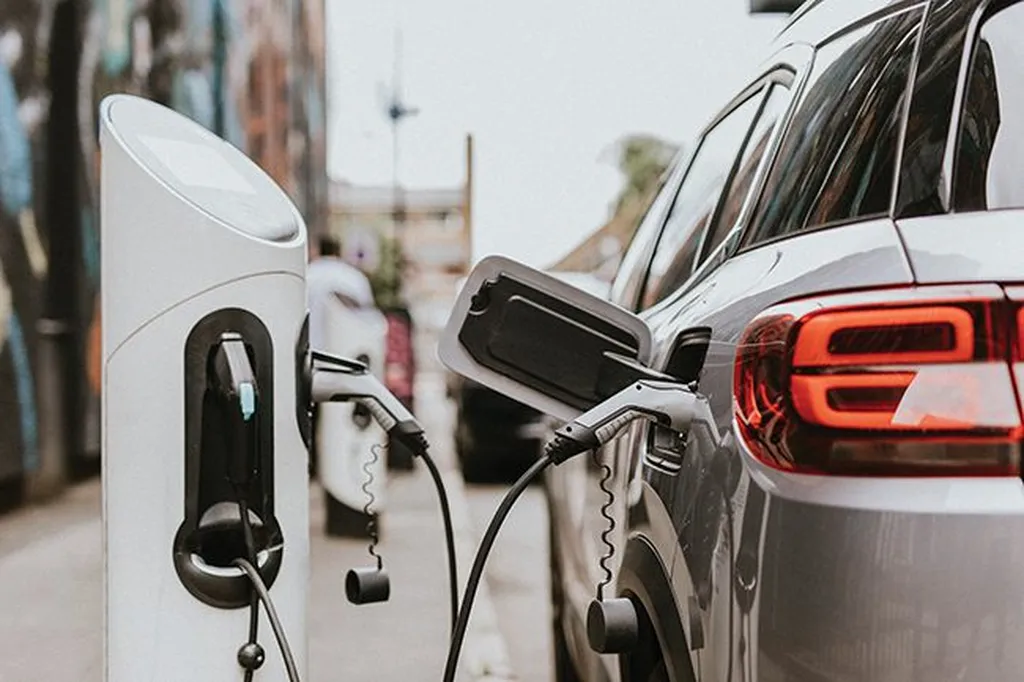In a groundbreaking study published in the journal “IEEE Access” (translated as “IEEE Open”), researchers have unveiled a promising strategy to bolster the resilience of distribution grids amid the growing influx of renewable energy sources and electric vehicles (EVs). The research, led by Stefano Barsali from the DESTEC Department at the University of Pisa in Italy, explores the application of grid-forming (GFM) controls within high-power EV charging stations (HPCS) connected to medium voltage distribution grids.
As distribution networks evolve to accommodate more renewable energy and EVs, maintaining power system quality, stability, and resilience becomes increasingly challenging. Traditional grid-following inverters, which are widely used in current EV charging infrastructure, may not be sufficient to meet these demands. Enter GFM controls, which come in two types: droop and virtual synchronous machine. These advanced control strategies enable HPCS to support isolated grids, facilitate black-start procedures, and provide voltage and frequency regulation.
Through detailed simulations of five representative case studies, Barsali and his team demonstrated that GFM converters can significantly enhance grid resilience to faults, such as short circuits, and improve recovery after blackouts. “Our findings highlight the potential of leveraging charging infrastructure as a flexible, grid-supportive resource in future energy systems,” Barsali explained.
The implications for the energy sector are substantial. By integrating GFM controls into EV charging stations, operators can transform these facilities into valuable assets for grid stability and resilience. This not only enhances the economic competitiveness of charging infrastructure but also contributes to the overall stability of the power system.
The research also opens up interesting opportunities for vehicle-to-grid (V2G) and smart charging (V1G) strategies. While V2G involves bidirectional power exchange between vehicles and the grid, V1G focuses on controllable unidirectional power flow. Both strategies can be employed to provide grid services, with the added advantage of utilizing existing charging infrastructure.
The study’s models are released as open-source Modelica code, encouraging reproducibility and further research. As the energy landscape continues to evolve, the insights from this research could shape the development of future charging infrastructure and grid management strategies.
In an era where the integration of renewable energy and EVs is reshaping the power system, innovative solutions like GFM controls offer a glimpse into the future of grid resilience and stability. As Barsali noted, “This study confirms the importance of using future charging battery electric vehicles to support grid services, paving the way for a more robust and sustainable energy system.”

